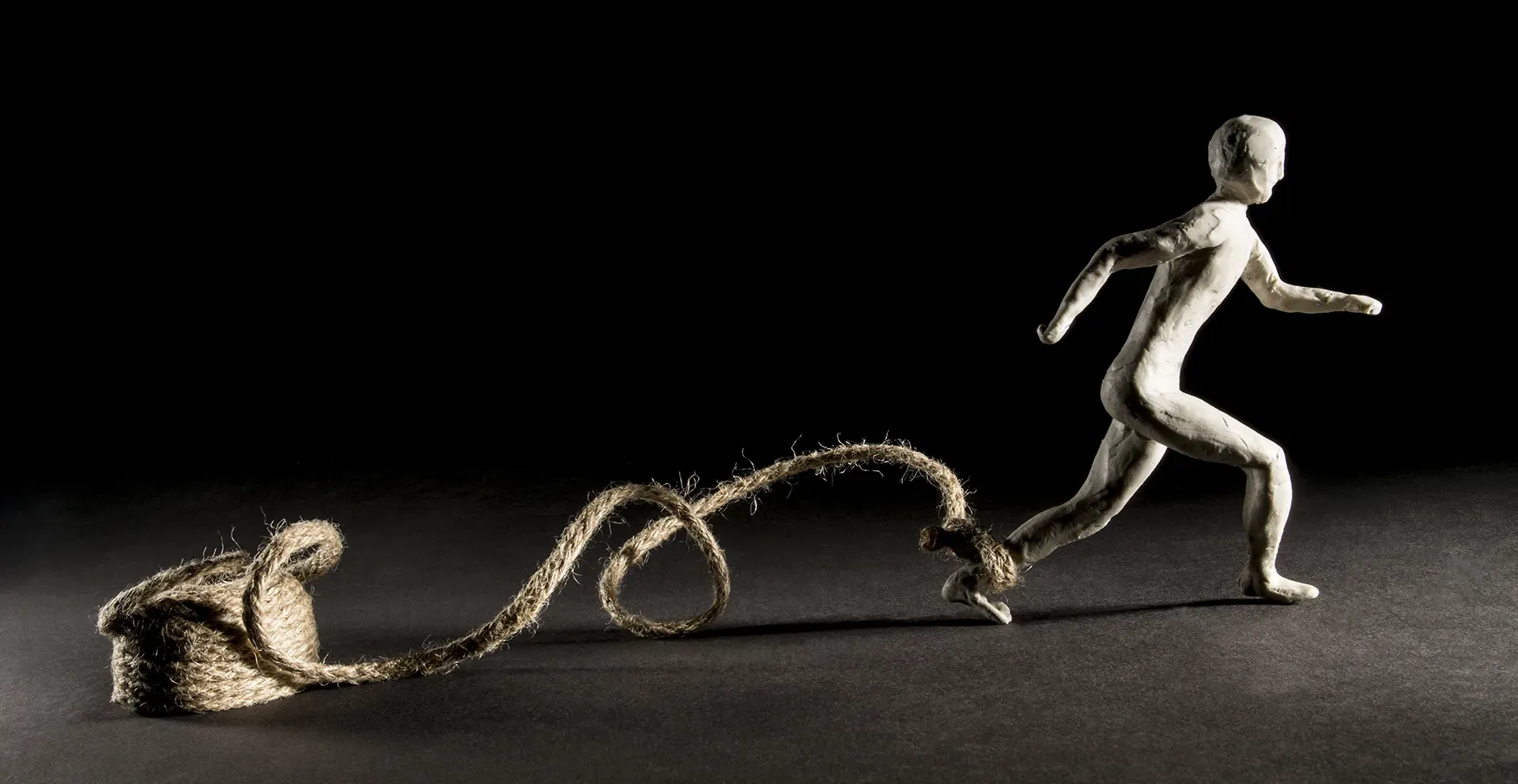Call Us Today
Canberra Criminal Law 101: What to Know About Animal Welfare Offences.
In 1992, the Australian Capital Territory passed the Animal Welfare Act 1992, which creates offences and corresponding penalties that cover incidents that may be considered cruelty to animals.
Vertebrates (such as birds, mammals, etc), cephalopods, and crustaceans are covered by the Act; even animals that are not part of households as pets, or ones intended for human consumption.
Circuses, travelling zoos and greyhound racing is also part of the Act.
Overall, the welfare, safety, and health of animals are protected by this law, and it enumerates requirements for anyone who deals with the transport, care, and management of animals.
Here are some questions covered by the provisions of the Act.
1. How is cruelty to animals defined?
Pursuant to Section 6A of the Animal Welfare Act, cruelty to animals includes the following:
- doing, or not doing, something to an animal that causes, or is likely to cause, injury, pain, stress or death to the animal that is unjustifiable, unnecessary or unreasonable in the circumstances;
- abusing, terrifying or tormenting the animal.
This may include any of the above conduct performed against an animal which domesticated, bred for consumption, or in the wild.
So, beating, wounding, or injuring animals may constitute cruelty. Furthermore, cruelty to animals may occur if animals are abused, tormented, or terrified in any way.
An act of cruelty that occurs in these kind of circumstances may be an offence under Section 7 of the Animal Welfare Act 1992. The maximum penalty for an act of cruelty is 200 penalty units, imprisonment for 2 years or both of these sanctions.
A charge of cruelty to animals may be escalated to aggravated cruelty if the animal dies or is seriously injured because of the act committed. In the case of aggravated cruelty, the maximum penalty is three years’ imprisonment, 300 penalty units, or both of these sanctions.
2. What other type of animal welfare offences are there?
Criminal lawyers will tell you that even if there is no grave injury or animal death, an individual can still be charged with other offences, if, for example, the authorities consider that the person caring for the animal has failed to provide appropriate food, water, shelter and allowance for appropriate exercise.
It follows that a household that owns pets or a farm that raises livestock must feed, shelter, and protect these animals at all times to ensure they do not fall foul of the law.
Mistreatment offences are also covered by the Act. These are less grave offences but may lead to the neglect of animals’ well-being. Examples of acts that may be seen as mistreatment of animals include failing to give a confined animal adequate exercise, keeping laying fowl or pigs in inappropriate conditions, failing to alleviate the pain of an animal after injury, releasing an animal without reasonable excuse, administering or laying poison to kill or maim an animal, and others.
Punishments for animal mistreatment offences range from 25 to 100 penalty units, imprisonment of one year or both. An exception to this rule applies when the act committed complies with codes of practice, such as the procedures undertaken by pest control professionals.
3. Are animal testing and circuses allowed in ACT?
Researchers and laboratories are prohibited by law to use or breed animals for research unless they have a licence to use or breed animals for research. Facilities that wish to use or breed animals must apply for a licence, and licence-holders must comply with applicable laws and regulations to minimise any risk of animal cruelty.
Likewise, circuses and travelling zoos must apply for a permit before operating. If they do not have a permit, they may be committing an offence.
4. What can lawfully be done to investigate animal cruelty?
Inspectors and authorised law enforcement officers can enter and search a place if they have reason to believe that animals are being mistreated.
Investigators are allowed to examine animals for signs of maltreatment. They can also inspect the premises, take photographs and videos, and collect copies of relevant documents. They can also give first aid to animals that might need it. Inspectors have the right to seize animals or items connected to animal cruelty, and to ask persons present to provide them with assistance in their investigation.
Conclusion
Animal cruelty and animal mistreatment offences carry penalties in Australian Capital Territory law.
People who own pets or who are involved in the sale, movement and breeding of animals should know the responsibilities that come along with these activities.
If you have been charged with an animal welfare offence or a criminal offence, Andrew Byrnes Law Group are leading criminal lawyers in Canberra. Feel free to contact us today for leading guidance and expert criminal representation.



















